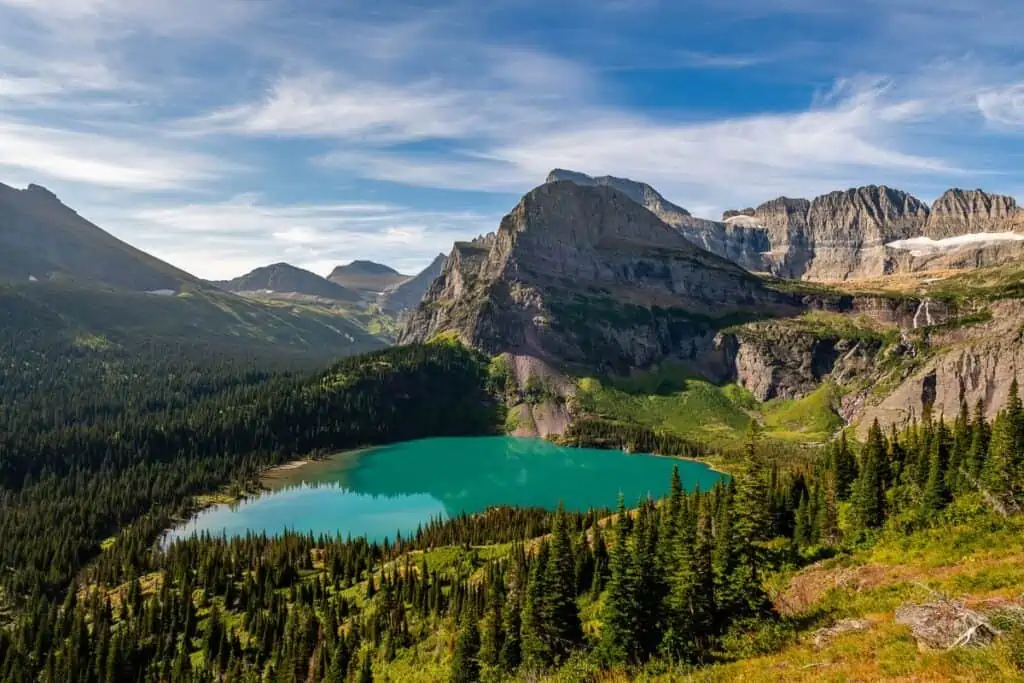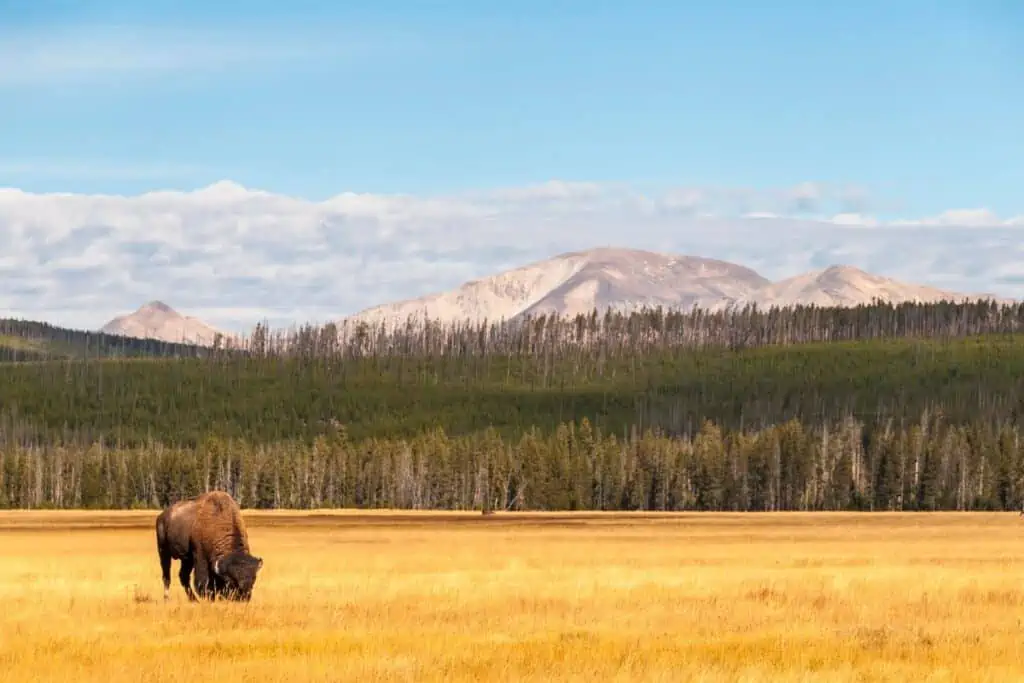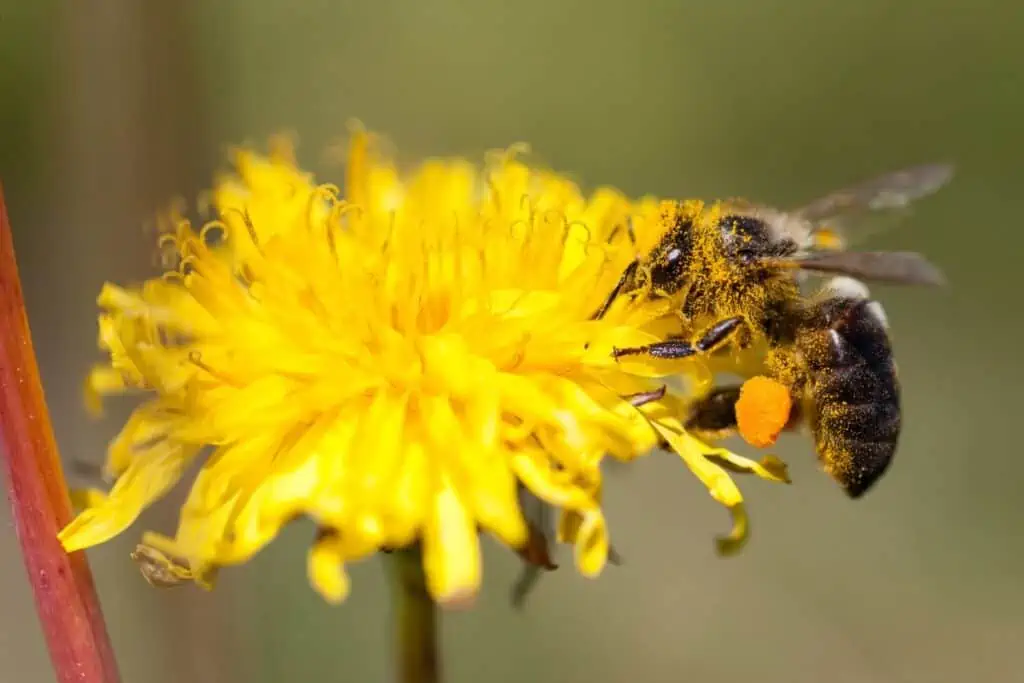The term “Conservation” is a “buzzword” often used by corporations, NGOs, NPOs, and others to inspire an emotional response in potential clients, shareholders, and critics. However, conservation is exceedingly more important.
When done correctly, conservation has world-changing benefits. But how can resource conservation benefit the environment?
Resource conservation benefits the environment by safeguarding various species and their habitats to benefit current and future generations. Science-based resource conservation ensures that threatened species are better protected and essential ecosystem processes are preserved.
There are many reasons for resource conservation; however, most are related to how humans benefit from it.
Below we’ll examine the benefits of resource conservation, who benefits, and what happens when we don’t conserve.

An Overview Of Resource Conservation And Its Benefits
Unfortunately, preservation is impossible. We as a species have done too much for there to be any species on earth that doesn’t experience the impact of our actions.
Aside from direct impacts like habitat destruction and poaching, pollution and climate change indirectly affect all species.
The next unfortunate thing is that resource conservation is seldom done for intrinsic reasons. For people to effectively conserve resources, there almost always needs to be an extrinsic value.
I.e., if there is no gain (monetary or actual resources), people don’t usually conserve.
Resource conservation is not a new idea. Since Genghis and Kubla Khan (and earlier), people have tried to conserve resources.
During his reign, Kubla tasked “game wardens” to protect large wilderness areas supporting game birds and mammals from poachers.
Kubal Khan’s reason for these “proto-National Parks” was that, during the winter months, he would send his armies into the protected areas to hunt, keeping them active and providing food.
Throughout the centuries, many nations used a form of conservation for their benefit (e.g., kings claiming forests as their exclusive hunting grounds).
In modern times, resource conservation’s purpose is to protect (ironically, the definition says “preserve”) natural resources for use by future and current generations.
What Comprises The Environment?
The “natural environment” is an umbrella term that includes the fauna (animals), flora (plants), their interactions, and the ecosystem services (ecological processes) like pollination, decomposition, and the water cycle.
We must consider conservation efforts from this broad approach when we conserve resources.
While many “conservation bodies” focus on one species, if they don’t protect the whole environment, that species (and all the others) will not last.
When resource conservation plans encompass the whole environment, there are numerous benefits, including:
Conservation Benefits Fauna And Flora Species
While resource management often does not directly involve animals, it involves protecting an area and the habitat plants create for animals.
Resource conservation done right provides benefits for the plants and animals in various ways, including:
Resource Conservation Improves Species Diversity And Density

An area’s biodiversity is the collection of different species present.
By conserving the resources in an area, you improve the number of plant species in the area (not the amount, but the different types of plants), which create different niches for additional animal species.
Areas with fewer different plant species (even if there are the same number of plants) are usually less animal species-rich because the niches available are limited.
E.g., some animals can only eat one type of plant species, so if that species is absent, the animal species is too.
Aside from diversity, protecting/conserving resources also means that more plants and animals (no matter the species) inhabit an area. However, a critical part of wildlife conservation is managing animal populations.
A perfect example is elk numbers in Yellowstone National Park. People removed wolves from the area between the 1800 and 1900s, which caused elk numbers in Yellowstone to increase dramatically.
This increase negatively impacted the flora and other animals in the park.
After park officials reintroduced wolves, the elk numbers began to decline, improving the flora component and allowing other herbivore species to reappear. Wolves also reduced coyote numbers, which allowed smaller mammal species to increase.
Conservation is not limited to excluding certain activities in an area; resource conservation means studying the specific environment’s ecology (an area of land and all that’s on it and how all the parts work together) and making informed decisions.
An area of land has a certain carrying capacity, which, if exceeded, results in species and density loss. Managing the numbers is as critical as ensuring fences are secure and poaching is thwarted.
It is paramount to view the protected area from an ecological perspective (all the pieces of the puzzle fitting together).
Resource Conservation Benefits Threatened Species
Aside from the general benefits to fauna and flora species, some species only occur in specific environments (due to climate, soil, etc.).
By protecting these environments, we benefit species with limited distributions and allow their numbers to improve and populations to stabilize.
These species are often threatened or endangered.
Conservation Benefits Ecological Processes
Aside from the animals and plants in an area, resource conservation protects critical ecosystem services/ecological processes.
Without these processes, life on earth is not possible.
The most prominent cycles include:
The Water Cycle
Resource conservation protects watersheds/water catchments, watercourses, and drainage areas.
By preventing industry, agriculture, and other invasive human activities from these areas, we safeguard clean water and allow it to move through the cycle naturally.
If we stop the water cycle from naturally occurring, we will cause severe issues for ourselves and the planet.
Geological Processes
You may not believe it, but rocks also go through a cycle. While part of a mountain, rocks experience weathering, which causes them to break off.
As weathering continues, these particles become smaller and eventually turn into soil.
Soil is critical for plant growth, providing essential minerals and nutrients. Many of these rock fragments and particles travel through rivers from mountainous areas to lowland areas.
By obstructing weathering or diverting watercourses, we “starve” an area of soil cycling.
Pollination

Without pollination and pollinators, we would all die. Insects (not limited to bees), birds, bats, rodents, and many other creatures act as pollinators.
While wildflowers are important, these pollinators also help crops produce fruit.
By protecting natural resources, we ensure that pollinators have space, food, and an ideal habitat to continue their critical service. Pollination also ensures plant propagation, which grows and provides oxygen.
Decomposition
Decomposition is another essential cycle that benefits from resource conservation, which includes scavengers breaking down carcasses, detritivores eating rotting material, and bacteria and fungi which break down organic material.
Without decomposition, the soil would lose all arability, trees and plants wouldn’t grow as well, and disease would increase.
By conserving natural areas, we protect the homes of these important elements and allow these processes to continue as close as possible to how they would in “nature.”
Conservation Benefits Humans
Unfortunately, if we humans don’t win, nobody wins. Conservation is only sustainable when there is a direct benefit to humans. People need land for food, timber, housing, and industry.
Conserving resources on any tract of land needs to compete with these important factors. Fortunately, resource conservation provides direct and indirect benefits to humans:
Direct Benefits Of Resource Conservation
- Supports livelihoods– ecotourism, anti-poaching, conservation staff.
- Supplies food– hunting, fishing, and certain farming practices.
- A source of fiber and fuel– dead wood in protected areas collected with permits.
- Resources for future use, including medicine and power sources.
Indirect Benefits Of Resource Conservation
Conservation’s indirect benefits include increased revenue to a country through ecotourism and job opportunities more tourists create, but most critical is the ecosystem processes.
Conservation Is Essential For The Environment
Without resource conservation through scientifically guided protected area management, we as a species will suffer, along with every species on earth.
Resource conservation is not only a good idea. It is critical to our, and other species, longevity.
Failure to do so results in:
- Climate change– less carbon sequestration.
- Depletion of food stocks (i.e., marine).
- Severe erosion issues.
- Reduced pollination and food shortages.
- Water shortages.
- Excessive and more intense fires.
- And extinction.
Resource conservation is the art of keeping everyone equally unhappy by balancing human needs with environmental needs.
Final Thoughts on Resource Conservation
Resource conservation is critical for life on earth; without it, we and other species will face extinction.
Scientifically advised resource management provides direct and indirect benefits to plants, animals, and humans.
